Blog
Product
Exploring the Latest Hair Loss Treatment Innovations
Updated: Jul 08, 2024
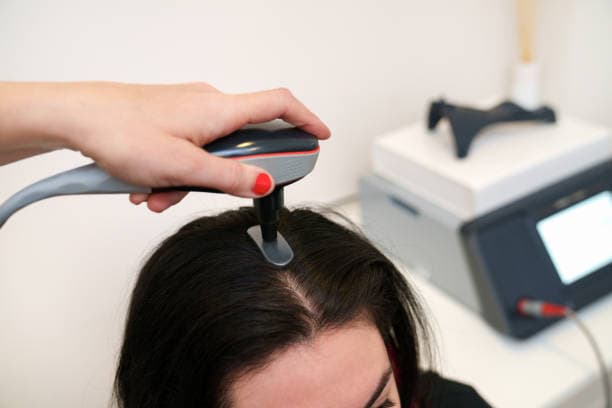
Are you tired of watching your hair thin and recede? Hair loss can be a distressing experience, affecting not just your appearance but also your self-esteem. A new promising treatment using microRNA is emerging, offering a novel approach that differs significantly from current methods like minoxidil, finasteride, and laser therapy. This blog will explore the latest innovations in hair loss treatments, from the science behind microRNA to advanced therapies like PRP, laser treatments, and cutting-edge clinical trials.
Understanding Androgenetic Alopecia: A Key Target for New Hair Loss Treatments
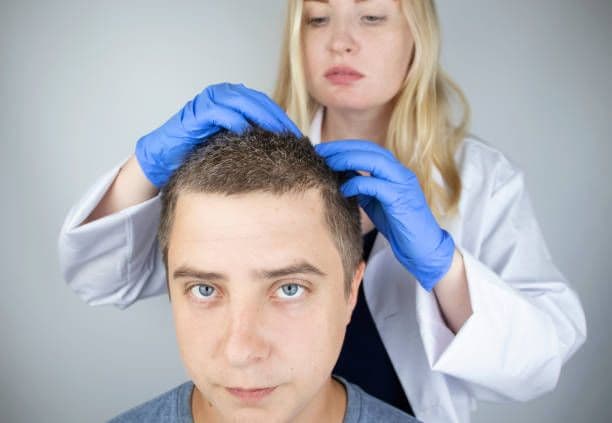
Androgenetic alopecia, commonly known as male pattern baldness or female pattern hair loss, is a widespread condition affecting millions worldwide. It's characterized by a progressive loss of hair, primarily due to genetic and hormonal factors. The key hormone involved is dihydrotestosterone (DHT), which can shrink hair follicles and shorten the hair growth cycle, leading to thinner and shorter hair strands.
This condition not only varies between genders but also across different ethnicities, affecting the presentation and progression of hair loss. Understanding the underlying mechanisms of androgenetic alopecia is crucial as it helps in developing targeted treatments that can more effectively manage or reverse this type of hair loss. Researchers focus on this area because of its prevalence and significant impact on those affected.
The symptoms of androgenetic alopecia can start as early as one's teens and, if untreated, progress with age. The typical pattern includes a receding hairline and thinning at the crown in men, while women generally experience a broadening of the part and diffuse thinning without a receding hairline. This makes early diagnosis and treatment essential to prevent significant hair loss.
Medications for Hair Loss: What Works?
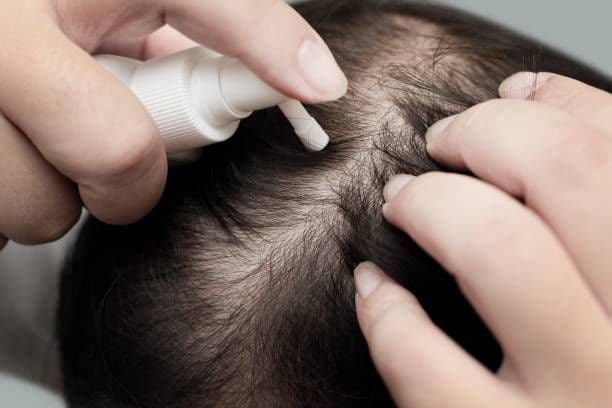
Various medications have been developed to combat hair loss, with Minoxidil and Finasteride being the most well-known. Minoxidil, available over the counter, works by widening blood vessels and opening potassium channels, which allows more oxygen, blood, and nutrients to the follicle. This may help to revive and increase the size of hair follicles.
Finasteride, on the other hand, is a prescription drug used primarily for male pattern baldness. It works by inhibiting the production of DHT, the hormone responsible for androgenetic alopecia. While these medications can be effective, they come with potential side effects, such as scalp irritation for Minoxidil and sexual dysfunction for Finasteride. It’s important for users to weigh these effects against the benefits.
PRP Therapy: A Promising New Hair Regrowth Treatment
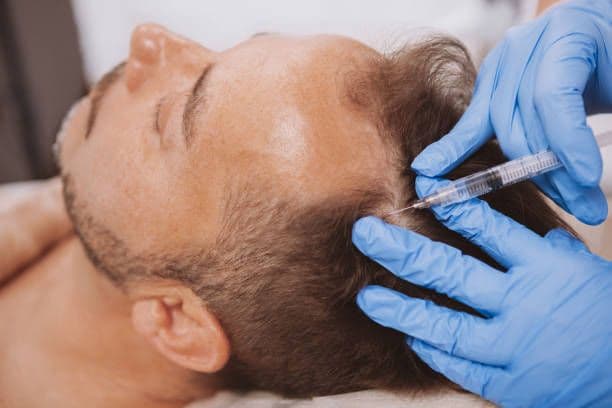
Platelet-Rich Plasma (PRP) therapy is emerging as a promising solution for hair regrowth. This treatment involves drawing a patient's blood, processing it to enrich the plasma with platelets, and then re-injecting it into the scalp. Platelets are rich in growth factors that can stimulate the inactive or newly implanted hair follicles into an active growth phase.
Patients considering PRP therapy can expect minimal downtime and a low risk of side effects since the treatment uses the patient's own blood. However, outcomes can vary, and multiple treatment sessions may be necessary to achieve desired results. The effectiveness of PRP could be enhanced when used in conjunction with other treatments like minoxidil or finasteride.
Laser Therapy in Hair Loss Management
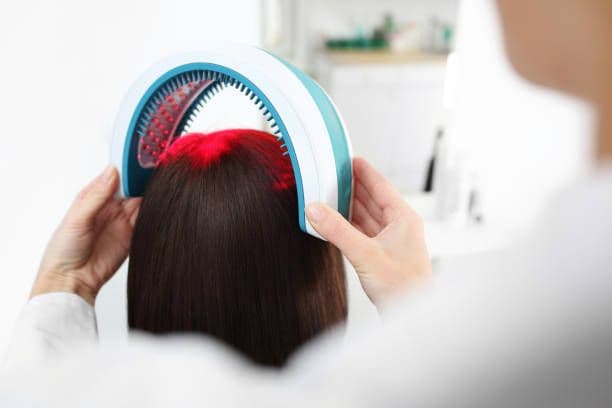
Laser therapy, specifically Low-Level Laser Therapy (LLLT), is another method used to treat hair loss. It involves the application of specific wavelengths of light to the scalp to stimulate hair follicles. The therapy is believed to enhance blood flow and stimulate cellular activity within the follicles, potentially leading to thicker, more robust hair growth.
While the use of LLLT in hair loss management is supported by some studies, results can be inconsistent. Benefits of this therapy include its non-invasive nature and the absence of major side effects. However, it requires regular sessions over an extended period to maintain hair growth, which can be time-consuming and costly.
Hair Transplant Surgery: A Permanent Hair Regrowth Solution?
Hair transplant surgery has emerged as a potentially permanent solution for those suffering from significant hair loss. This procedure involves transferring hair follicles from a part of the body, known as the donor site, to the balding part, or the recipient site. Techniques such as Follicular Unit Transplantation (FUT) and Follicular Unit Extraction (FUE) are among the most popular, each with its own set of advantages depending on the patient's condition and needs.
The success rate of hair transplant surgery can vary widely based on several factors. These include the skill and experience of the surgeon, the technology used, and the patient’s adherence to postoperative care. General factors that influence the outcome include:
- Postoperative Care: Proper care after the surgery is crucial. This includes following the surgeon’s instructions for wound care and avoiding activities that could stress the surgical sites.
- Supportive Treatments: Treatments like Platelet-Rich Plasma (PRP) therapy can enhance the results by promoting hair growth and improving graft survival.
When considering hair transplant surgery, it's essential to choose a clinic and a board-certified dermatologist or surgeon with a proven track record. Researching and comparing the success rates of different techniques and understanding the long-term maintenance they require can help in making an informed decision that best suits one's hair restoration goals.
Clinical Trials: The Frontier of New Hair Loss Treatments
Clinical trials are at the forefront of developing new and effective treatments for hair loss. These trials are essential for testing the safety and efficacy of innovative treatments before they become widely available. Current studies include the use of stem cells, janus kinase (JAK) inhibitors, and other novel drugs that target the biological pathways involved in hair growth and loss. These trials not only help in understanding the underlying mechanisms of hair loss but also hold the promise of new solutions for patients who have not responded to existing treatments.
One notable area of research involves the use of follicle stem cells to stimulate scalp hair regrowth. By focusing on the regeneration of hair shafts, researchers hope to develop treatments that can more effectively reverse hair loss. Additionally, trials examining the effectiveness of JAK inhibitors in treating conditions like alopecia areata are showing promising preliminary results. These studies are crucial for the development of targeted therapies that could potentially offer permanent solutions for various forms of hair loss.
Lifestyle Remedies: Supporting Your Hair Health Naturally
When tackling hair loss, sometimes the simplest methods at home can be a good starting point. Lifestyle changes and natural remedies are often overlooked but can significantly contribute to overall hair health. From adjusting your diet to include more hair-friendly nutrients like iron and zinc to incorporating scalp massages to improve blood circulation, these methods are both accessible and beneficial. Not only do they help in potentially slowing down hair thinning, but they also promote a healthier lifestyle that affects your entire body positively.
Besides dietary adjustments, regular use of natural oils such as coconut oil and aloe vera can be highly effective. Coconut oil is known to reduce protein loss from hair, both as a pre-wash and post-wash product, making it a versatile addition to your hair care routine. Similarly, aloe vera soothes the scalp and conditions hair, aiding in the reduction of dandruff and scalp irritation, which can often accompany hair thinning. These natural treatments, when used consistently, can help maintain the health of your hair and scalp without the need for chemical interventions.
Innovative Microneedle Patch: A Breakthrough in Hair Loss Treatment
The innovative microneedle patch represents a significant breakthrough in the treatment of hair loss, particularly for conditions like alopecia areata, an autoimmune disease. This novel approach utilizes a patch that delivers therapeutic agents directly into the skin, targeting areas of hair loss. Unlike traditional treatments that may involve systemic immunosuppressants, the microneedle patch focuses on restoring immune balance locally. By promoting regulatory T cells at the site of hair loss, it helps prevent the immune system from attacking hair follicles, potentially reversing hair thinning without compromising overall immune function.
The design of the microneedle patch, made from biocompatible materials like hyaluronic acid and polyethylene glycol, allows for efficient penetration and drug delivery through the tough outer layer of the skin. This targeted delivery system not only ensures that the treatment is more localized but also minimizes side effects associated with broader immune suppression. Clinical studies have shown promising results in not only halting hair loss but also in regrowing hair, providing hope for those suffering from this challenging condition. This method marks a move towards more personalized and less invasive treatments in the battle against hair thinning and loss.
Enhance Your Hair Care with MyHair's Personalized Solutions
In the evolving landscape of hair loss treatments, MyHair stands out by offering AI-driven personalized hair care solutions that can be integrated seamlessly into your daily routine. By utilizing advanced AI technology, MyHair analyzes your hair through a simple photo submission, providing instant insights into your hair's health. This method not only complements existing treatments but also ensures that your hair care regimen is tailored specifically to your needs, enhancing the effectiveness of both traditional and cutting-edge therapies.
The benefits of incorporating MyHair's personalized recommendations into your hair care routine are substantial. These include:
- Real-time adaptation to daily weather conditions, helping you manage frizz, dryness, or oiliness effectively.
- Personalized advice from an AI-powered dermatologist, tailored to your hair's unique type and texture.
- Continuous updates and recommendations based on changes in your hair condition or environmental factors. Integrating MyHair's solutions can lead to more informed decisions about other treatments like PRP therapy or microRNA applications, potentially boosting their effectiveness and ensuring a holistic approach to combating hair loss.
Frequently Asked Questions
What is the No 1 treatment for hair loss?
The blog post does not specify a number one treatment for hair loss as it discusses various effective treatments including medications like Minoxidil and Finasteride, PRP therapy, laser therapy, and hair transplant surgery. Each treatment has its own set of advantages and can be selected based on individual needs and conditions.
Which of the newest hair loss innovations?
Among the newest innovations in hair loss treatment mentioned in the blog are the use of microRNA, PRP therapy, laser treatments, and the innovative microneedle patch designed for conditions like alopecia areata. These treatments represent cutting-edge approaches in combating hair loss.
What is the new discovery for hair loss?
The new discovery for hair loss mentioned in the blog is the innovative microneedle patch. This patch delivers therapeutic agents directly into the skin to restore immune balance locally, promoting regulatory T cells at the site of hair loss and potentially reversing hair thinning without compromising overall immune function.